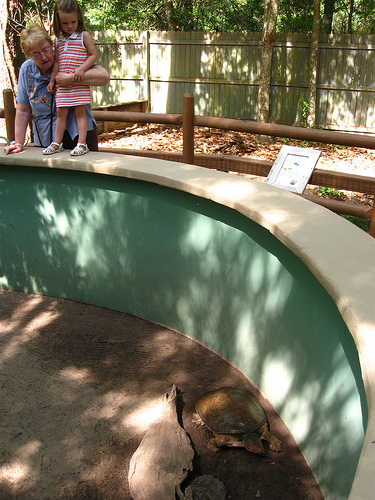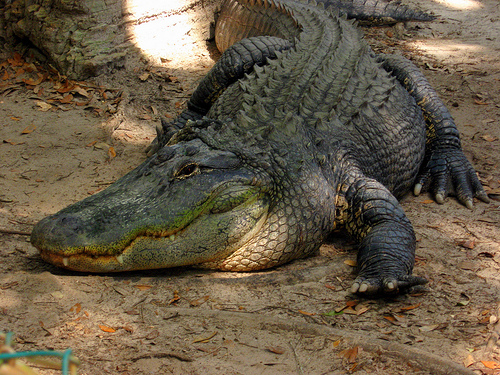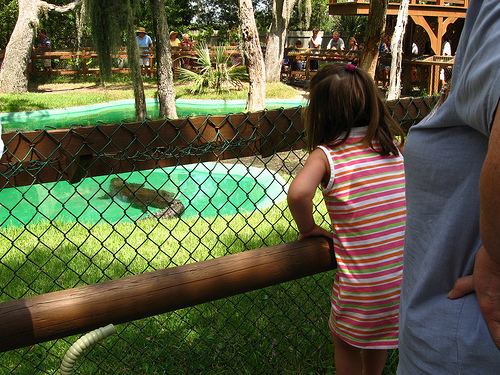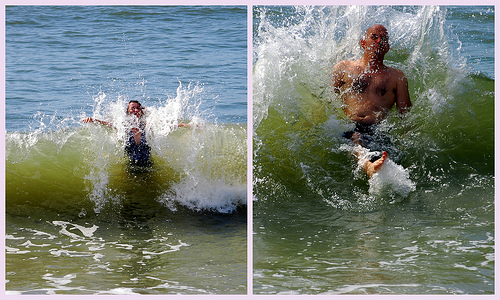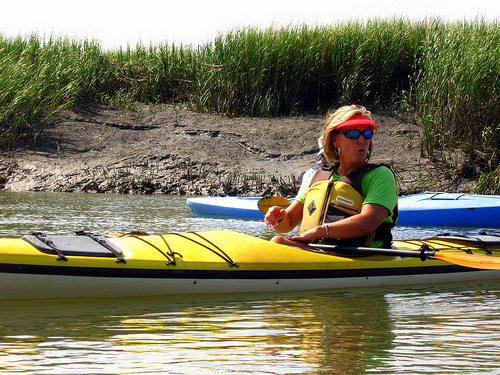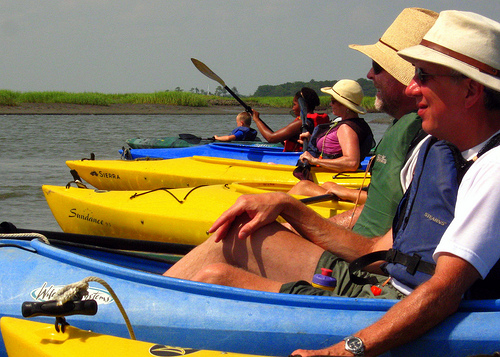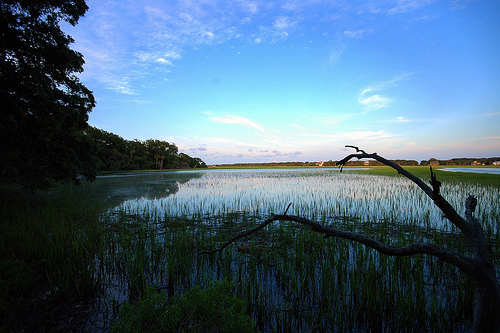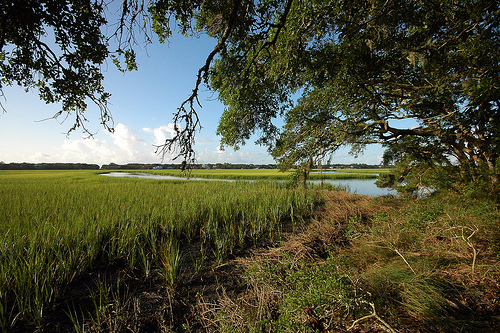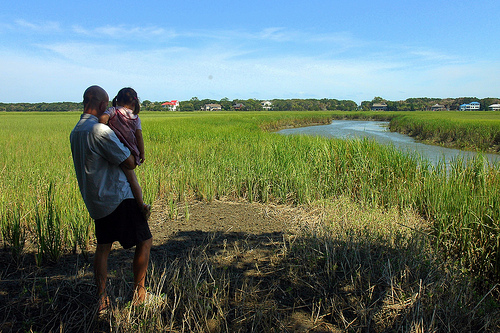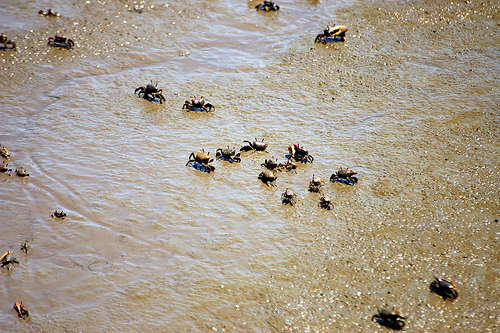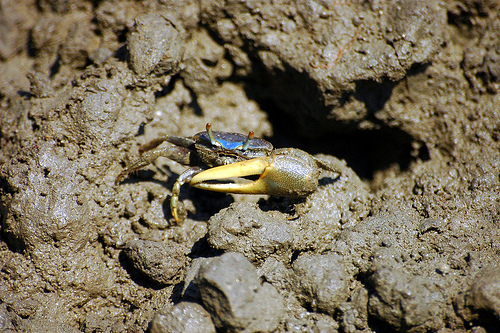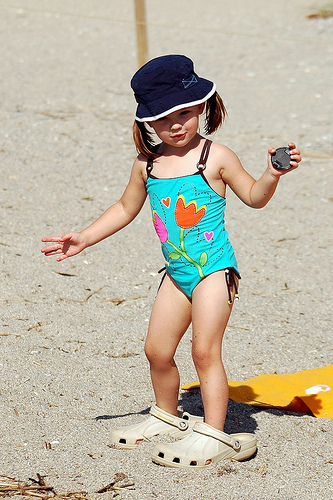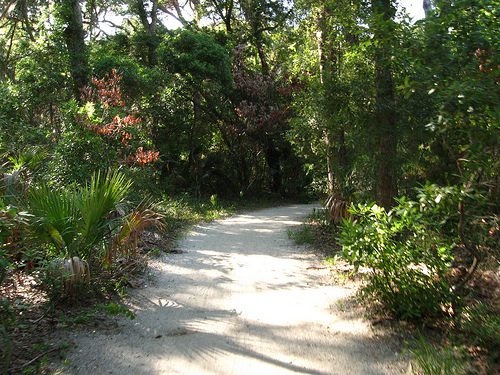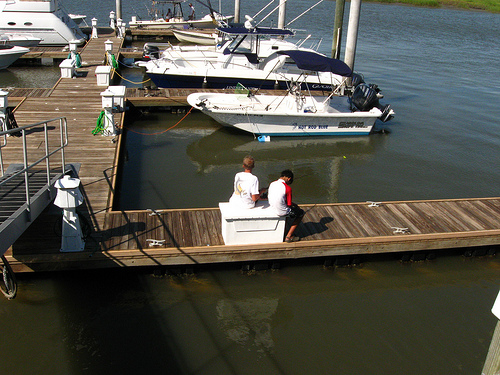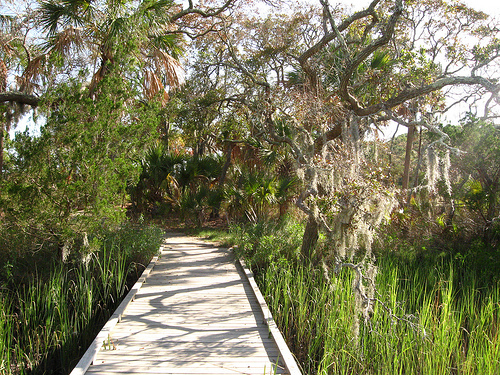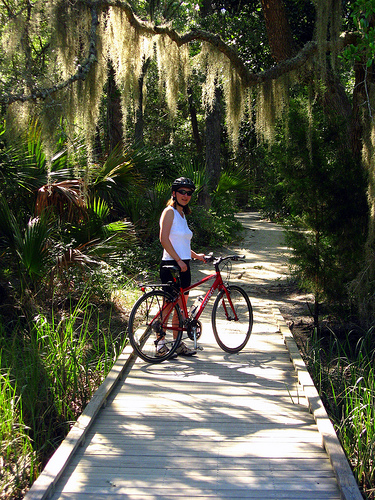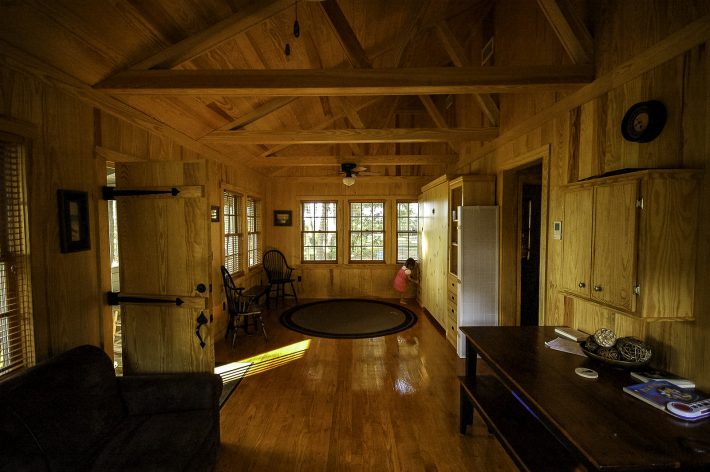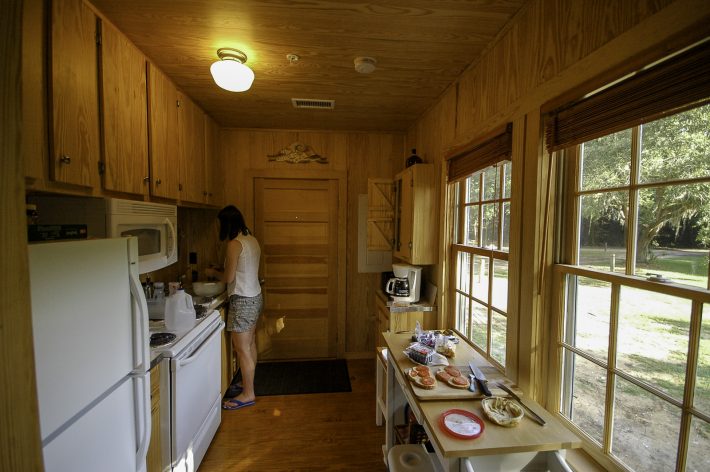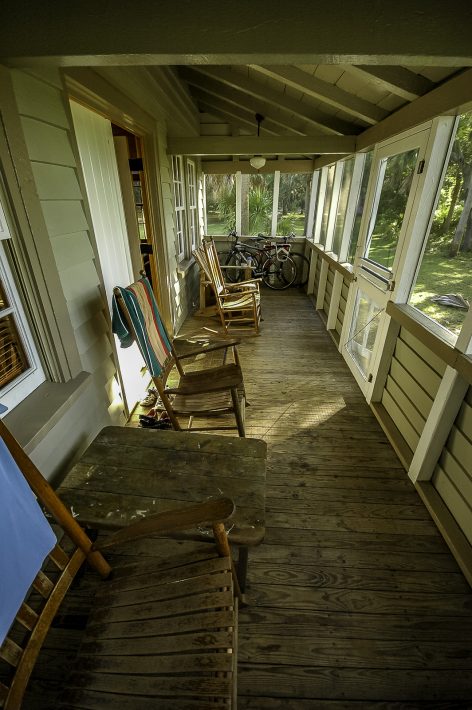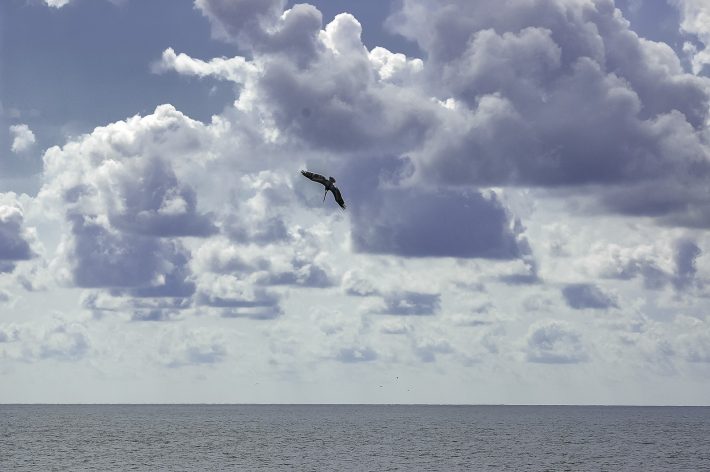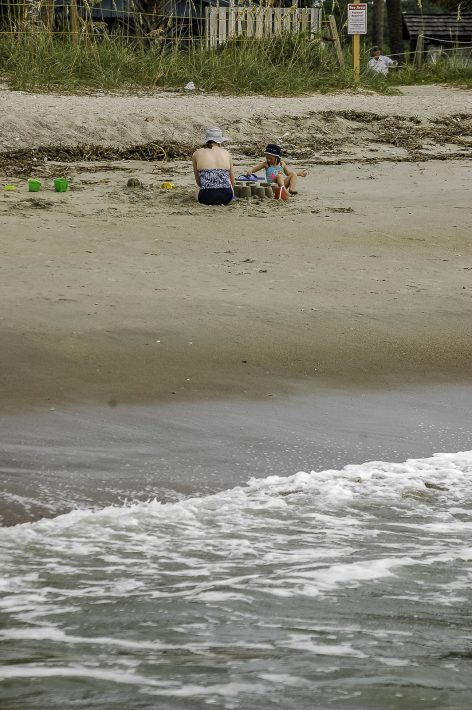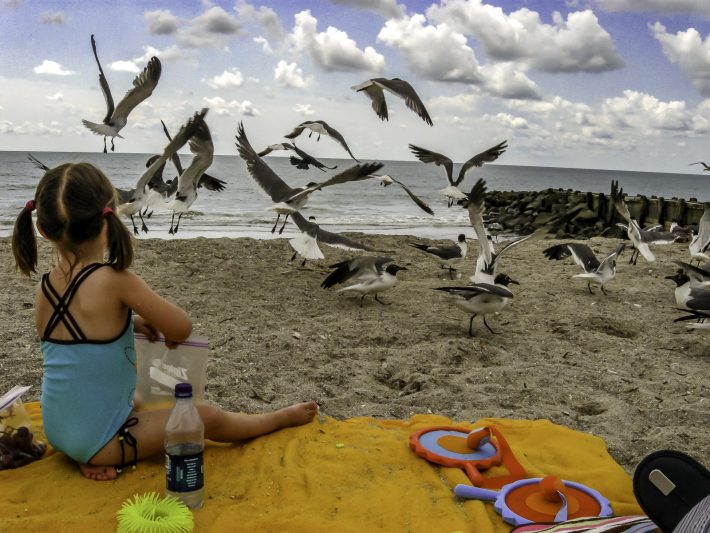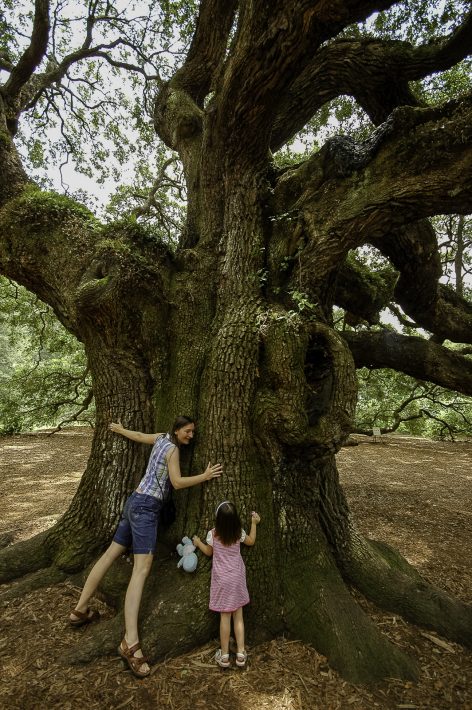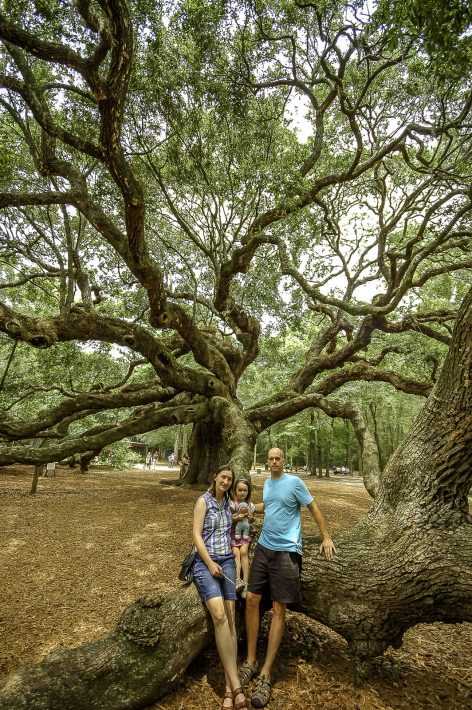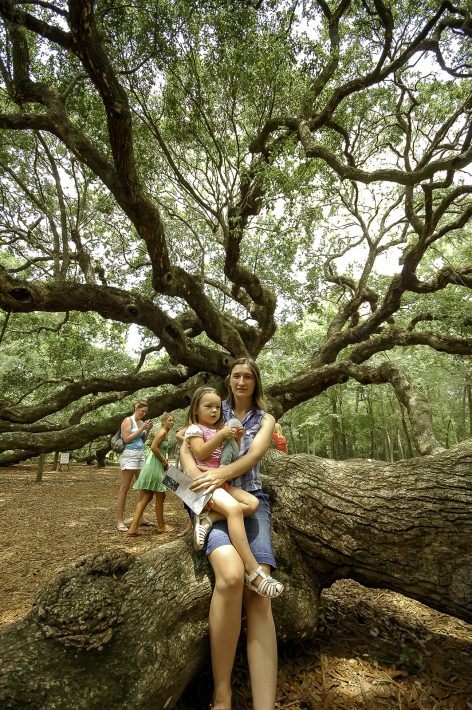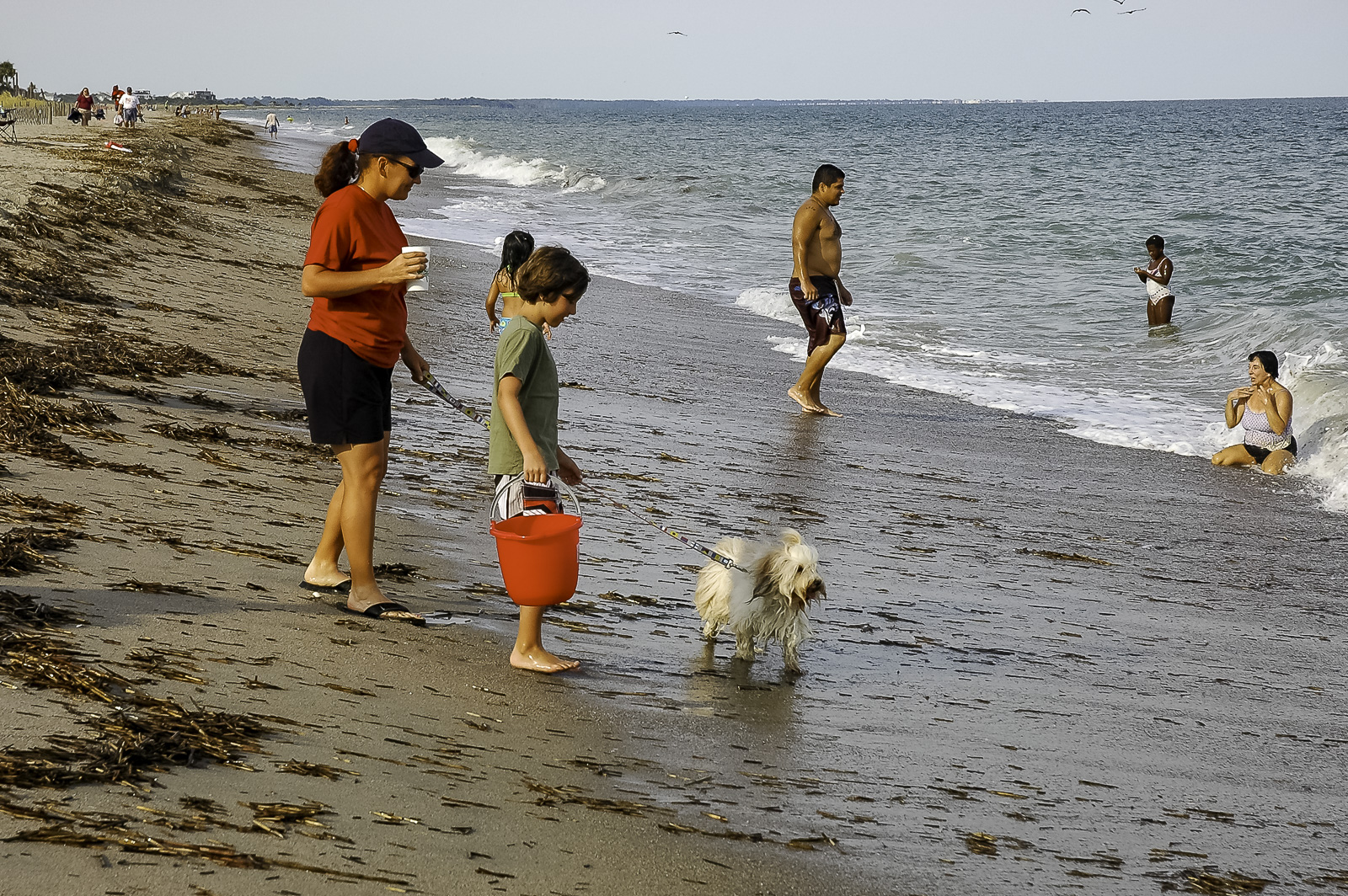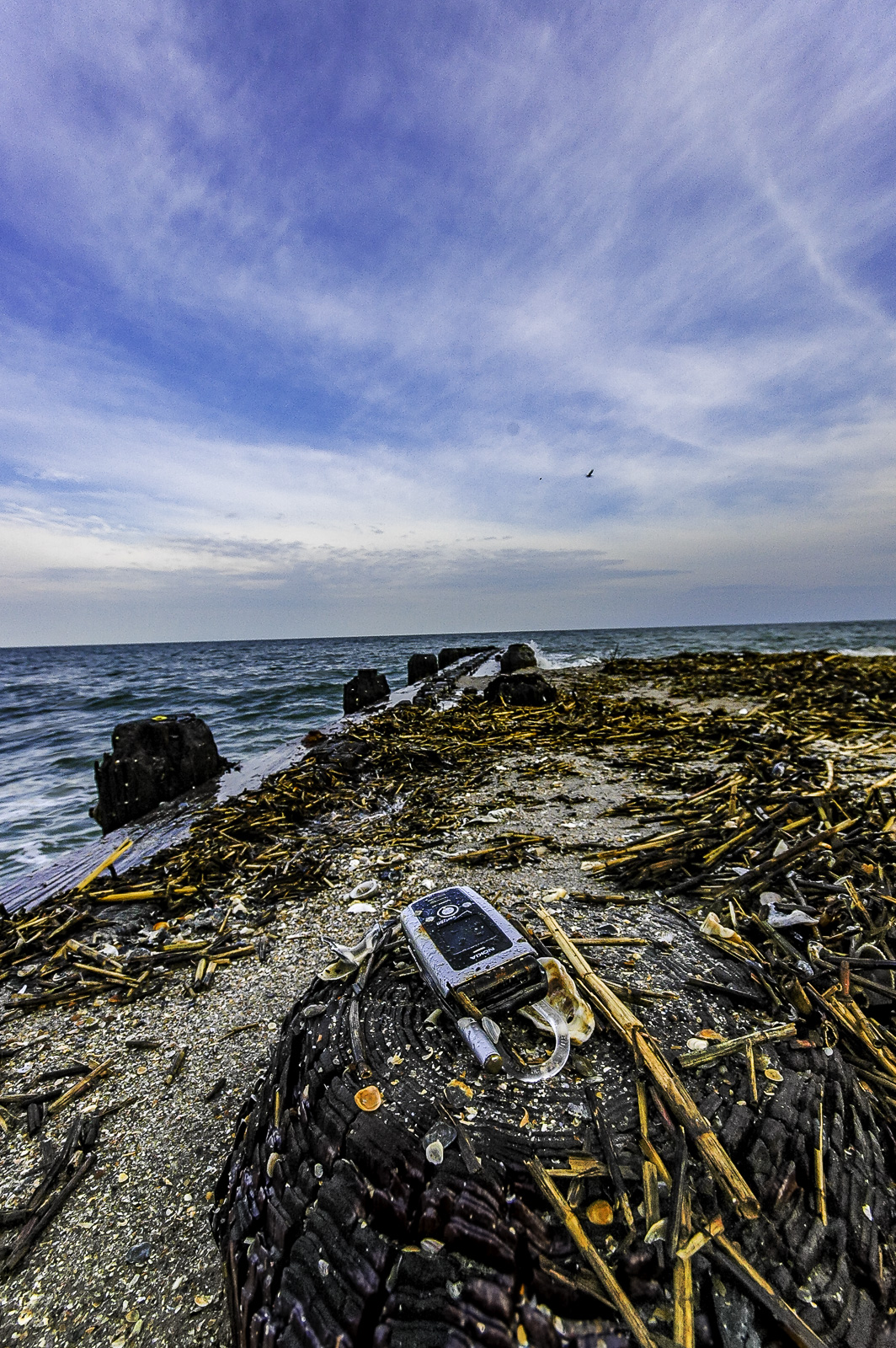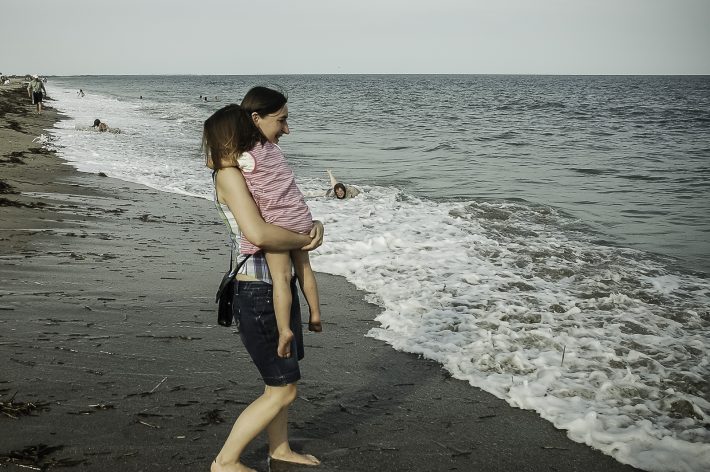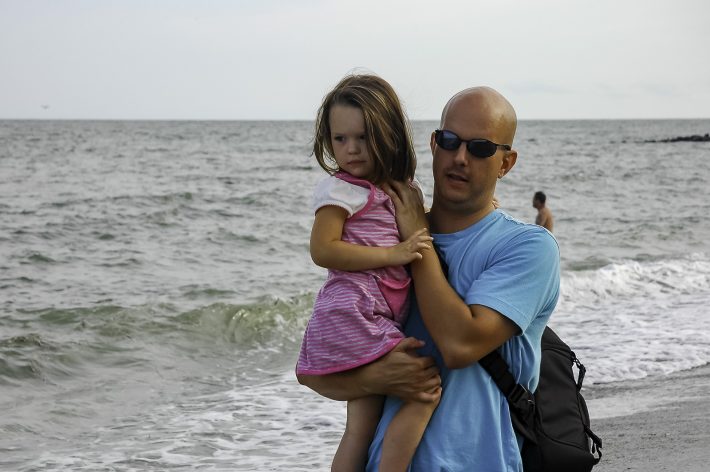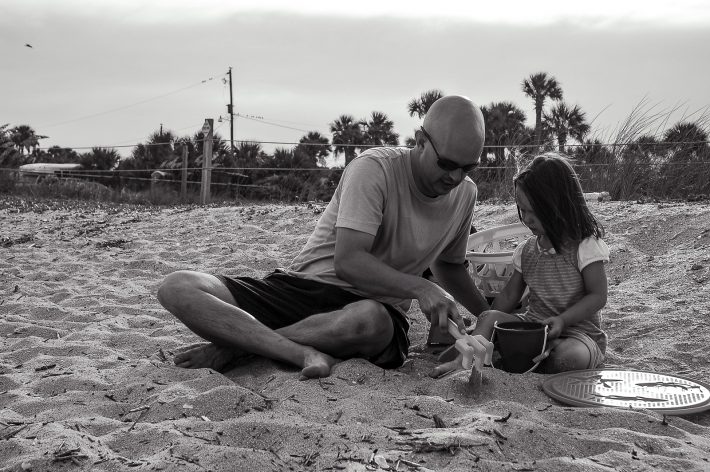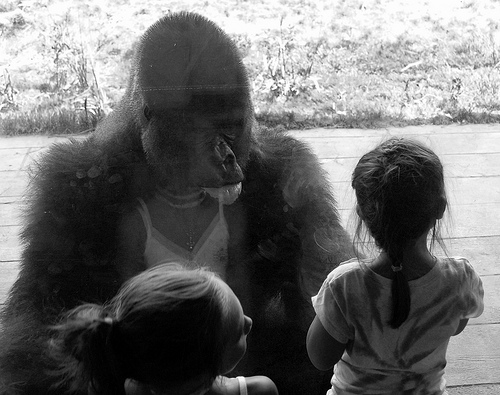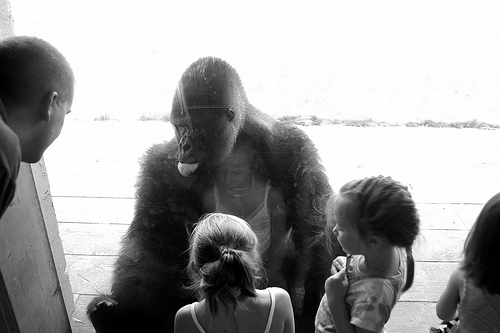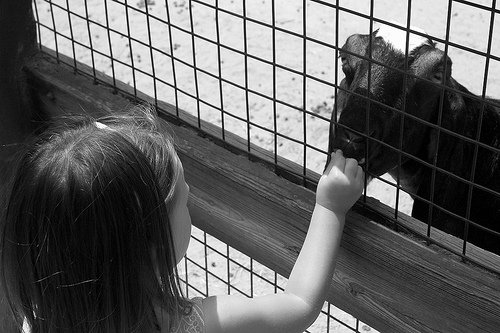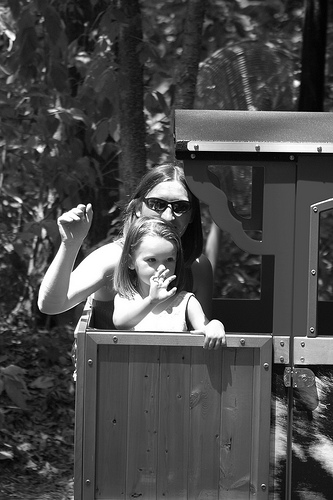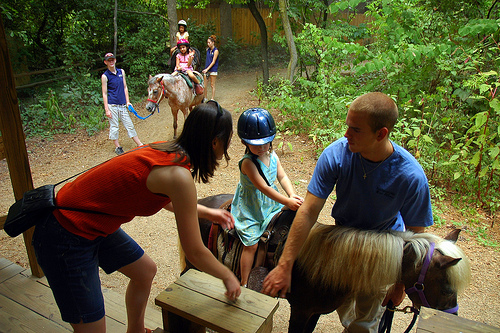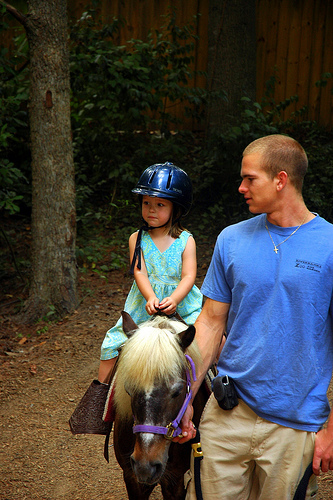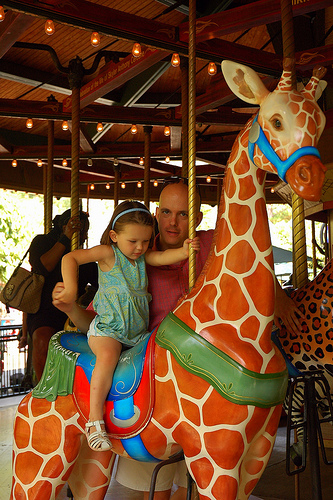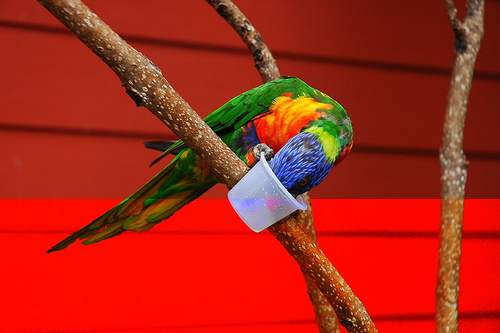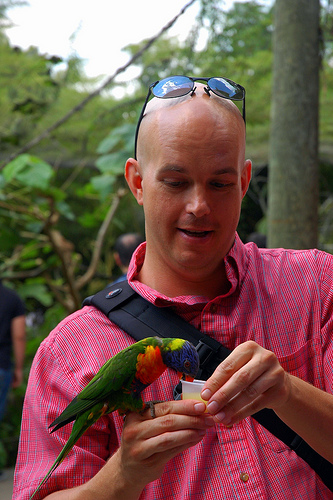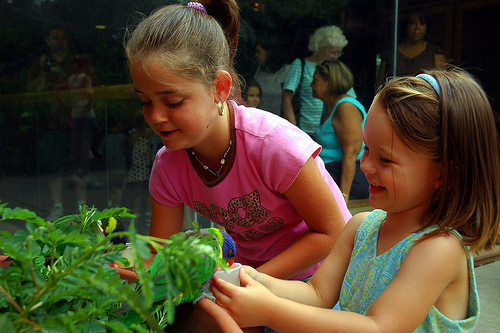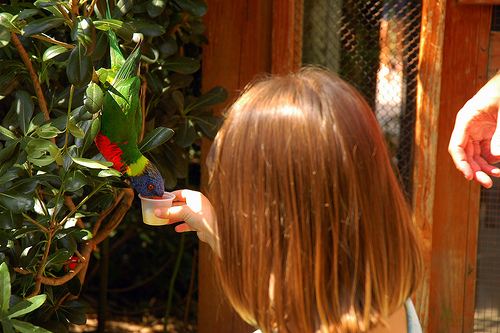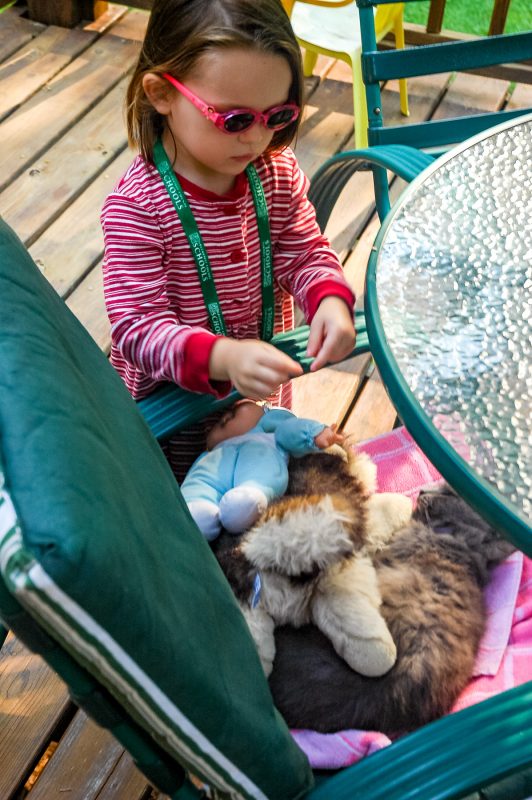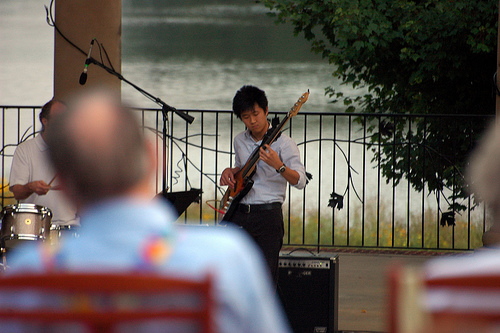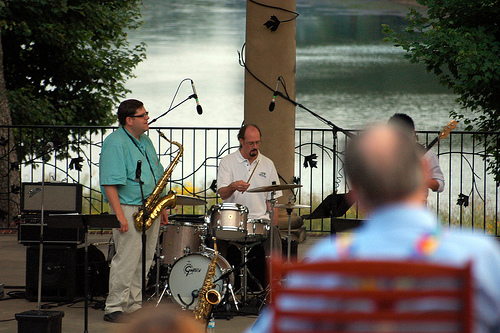The first camera I remember owning was one our family bought at Sears just before a trip to California in 1984. I believe it was even a Sears brand; it seemed terribly fancy for a twelve-year-old, though it was just a point and shoot.
The next camera I remember was an SLR manual focus that I borrowed from a friend. I took some pictures of birds, but I don’t think I ever developed those shots.
It wasn’t until I went to Poland in 1996 that I became seriously interested in photography. I took a Canon point and shoot with me, but I quickly discovered its limitations. I headed to the market and bought a Zenit — a Russian made SLR that could drive nails. Literally.
K’s first camera was a Russian view finder that I can’t even recall the name of. She moved to Zenit and Nikon; I replaced my Zenit with a succession of Nikon and Canon manual and auto focus cameras.
Finally, K and I ended up with our current primary: a Nikon D70s, which was fairly cutting edge when we bought it. Since then, we’ve added a couple of lenses to our collection and have a whole bag of glass to carry around.
Friday, we pack our things and head to Charleston for a day of wandering about the city, stopping at cafes for coffee, taking pictures, and simply experiencing one of America’s most historic cities. We arrive and I glance in the back.
“Where’d you put the camera?” I’d been packing our bikes and related materials. I assumed…
“I didn’t get it. I thought you…”
We look at each other for a moment.
What to do?
Simple: enjoy Charleston without a camera. Life without a camera is possible.
In the meantime, Nana and Papa took the Girl to the serpentarium. Nana and Papa remembered their camera…

